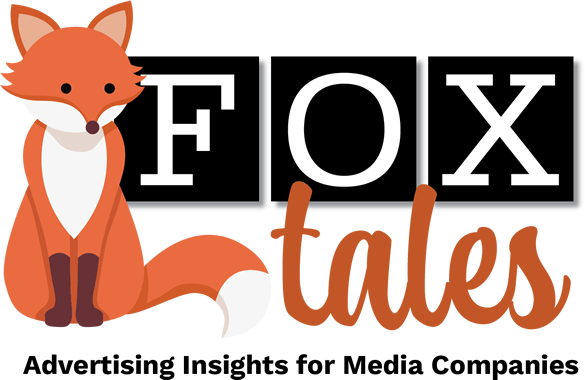What a difference a year makes. In the fourth quarter of 2022, the consensus in the media and advertising industries was that advertising was headed for a recession. After three years of robust growth and predictions for more through 2025, things slowed down in Q4 2022.
For the most part, no one a year ago was predicting a decline in spend, just a decline in the rate of growth. “Total digital ad spending worldwide will not grow as robustly over the next two years as we expected in our Q1 forecast,” Insider intelligence reported in December last year. “We now project 2022 digital ad spending worldwide to reach $567.4 billion, up 8.6% over 2021.”
In an earlier previous forecast, Insider Intelligence expected 15.6% growth, to $602.2 billion. The forecaster also predicted that digital ad spending worldwide would reach $756.4 billion by 2024, but that was also scaled back, to $695.9 billion.
Insider Intelligence was joined by ad-data companies across the industry, including the Internet Advertising Bureau.
Secular trends including last year’s inflation and economic uncertainty contributed to the revised forecasts, as did industry conditions, such as the rise of retail advertising networks, new privacy regulations, and more. And the first quarter of 2023 was tough as well.
Now, things are looking up again. AdMonsters is predicting robust growth for the fourth quarter of 2023 and into 2024.
And anecdotal evidence is pointing in the same direction: the upswing has begun. For example, Hearst Magazines reported earlier this month on a Digiday podcast that requests for proposals are outpacing the end of last year. “We’re actually seeing more RFPs for 2024 than we had seen at this time last year,” Hearst Magazines Global Chief Revenue Officer Lisa Howard told Digiday.
And what’s more, there’s more interest in top-of-funnel brand-awareness oriented campaigns compared to last year, when the focus was on prioritizing lower-funnel, performance-oriented tactics. Often fears of recession lead marketers to push short-term sales with their advertising, rather than the longer-term brand-building.
Hearst is also seeing less long-term planning, such as the once-ubiquitous annual contract, and more short-term, highly targeted campaigns. “I think [advertiser demand for long-lead content programs] dipped in 2023, for sure, Howard told Digiday. We did not have as many of those requests coming in. It was really all about flexibility, shorter lead times, shorter flights.”
That said, she did report a little bit more openness to longer-term planning.
What’s all this mean for the rest of the media world? Of course, advertising spending varies by category, by product cycles, and by marketers themselves. But if things continue like the early signs suggest, good things will ripple across the media economy in the months ahead.
